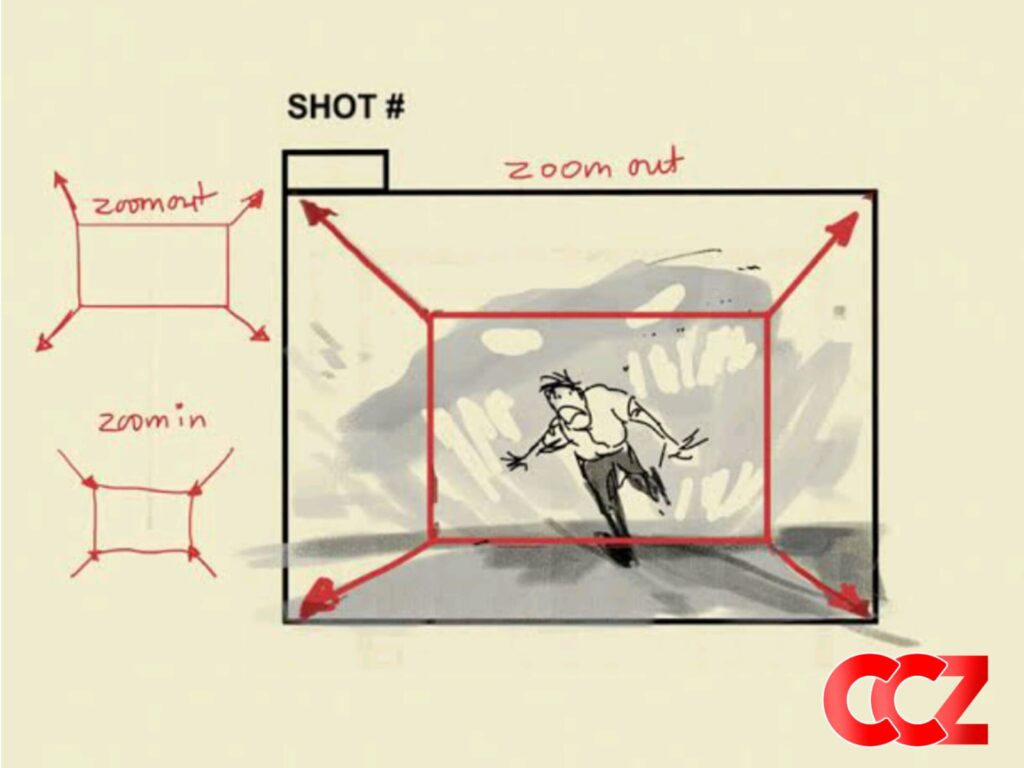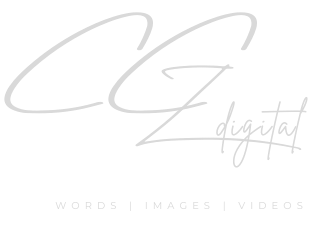A camera movement refers to a filmmaking technique that helps define how a camera moves to enhance a script. Specific camera movements come in handy in changing how the audiences view the movie by making them more engaging and impressive.
Camera movements are about using a camera to generate motions. A filmmaker moves the camera in some direction to capture the action from a diverse perspective, creating visual interest. They can use camera movements for many reasons, such as creating emotions by drawing viewers’ attention to specific aspects of the scene, including actors or objects. Camera movements can add realism and improve the type of film shot.
Primary Camera Movements
Numerous types of camera movements add lots of meaning to video making. It makes it significant for filmmakers to understand diverse camera movement types for their viewers’ interpretation before including them in zooms, pans, and tilts.
Here is the breakdown of the primary camera movements in cinematography that individuals could achieve using a smartphone.
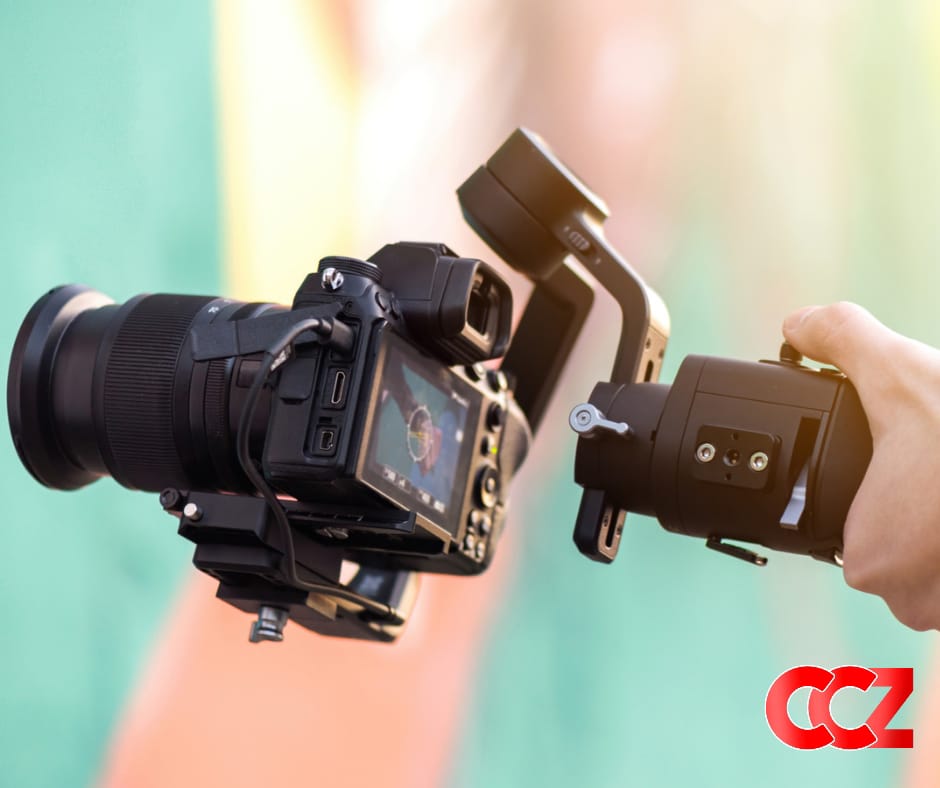
Pan Camera Movement
A pan camera movement moves the gadget from one side to another. Panning comes in handy in unveiling a larger scene, such as showing something off-screen. The whip pan helps transitions show traveling a distance comically or dramatically. The film director uses this movement for many purposes, such as emphasizing something or someone in particular or telling a story. It also helps directors keep their viewers guessing about what may happen next.

Tilt Camera Movement
The tilt camera movement allows cinematographers to imagine the camera nodding up and down. It helps with a ‘reveal’ technique that unveils something from the reverse or head to toe. The tilt camera movement has been prevalent since the beginning and continues to be the best choice for film directors nowadays. They can use the technique to create suspense or represent an edited state of mind.
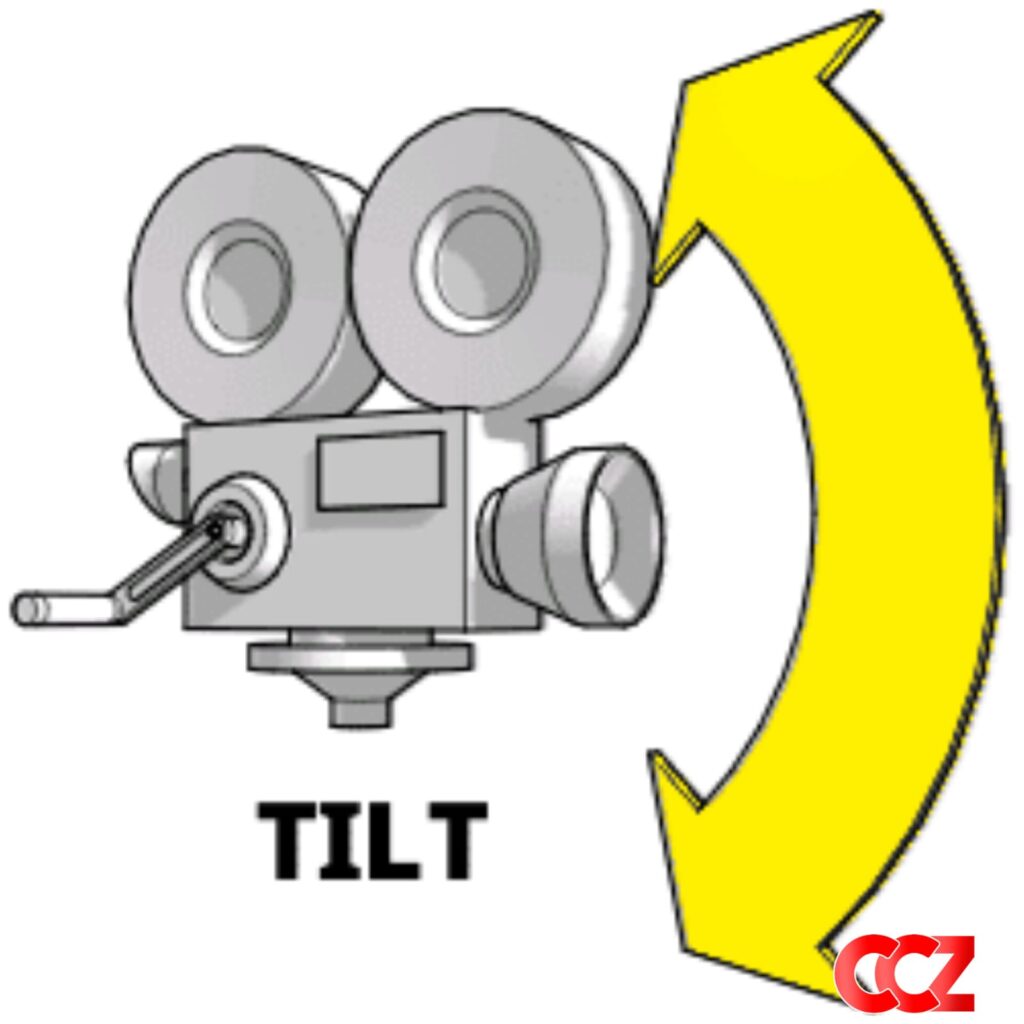
Static Camera Movement
Static shots do not involve camera movements. Filmmakers can only achieve these shot types by locking the camera to a predetermined position, ideally with a tripod. It is stable and non-distracting and can make the best camera movements for shot reverse, precise composition, and showing actors’ performance.
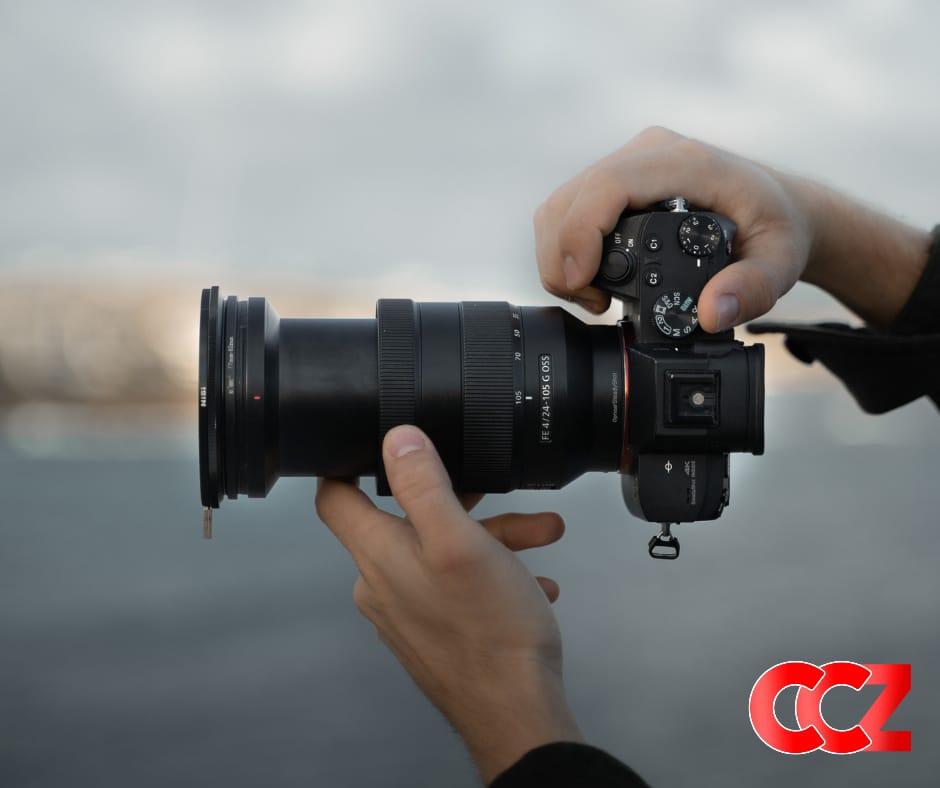
Roll Camera Movement
Nothing can be a more powerful tool for storytelling than the camera as it guides the audience through a script with beautiful landscape shots or uses to incite fear or uncertainty. While the camera may use distinct ways of storytelling, they employ motion.
It is a rotational camera movement that the filmmaker uses to rotate the camera on its long axis. Since rolls are often dizzying and phony, cinematographers use them to confuse viewers or create discomfort. The roll camera movement has specific effects that make it intentional camera movement to elicit uneasiness in the viewers.
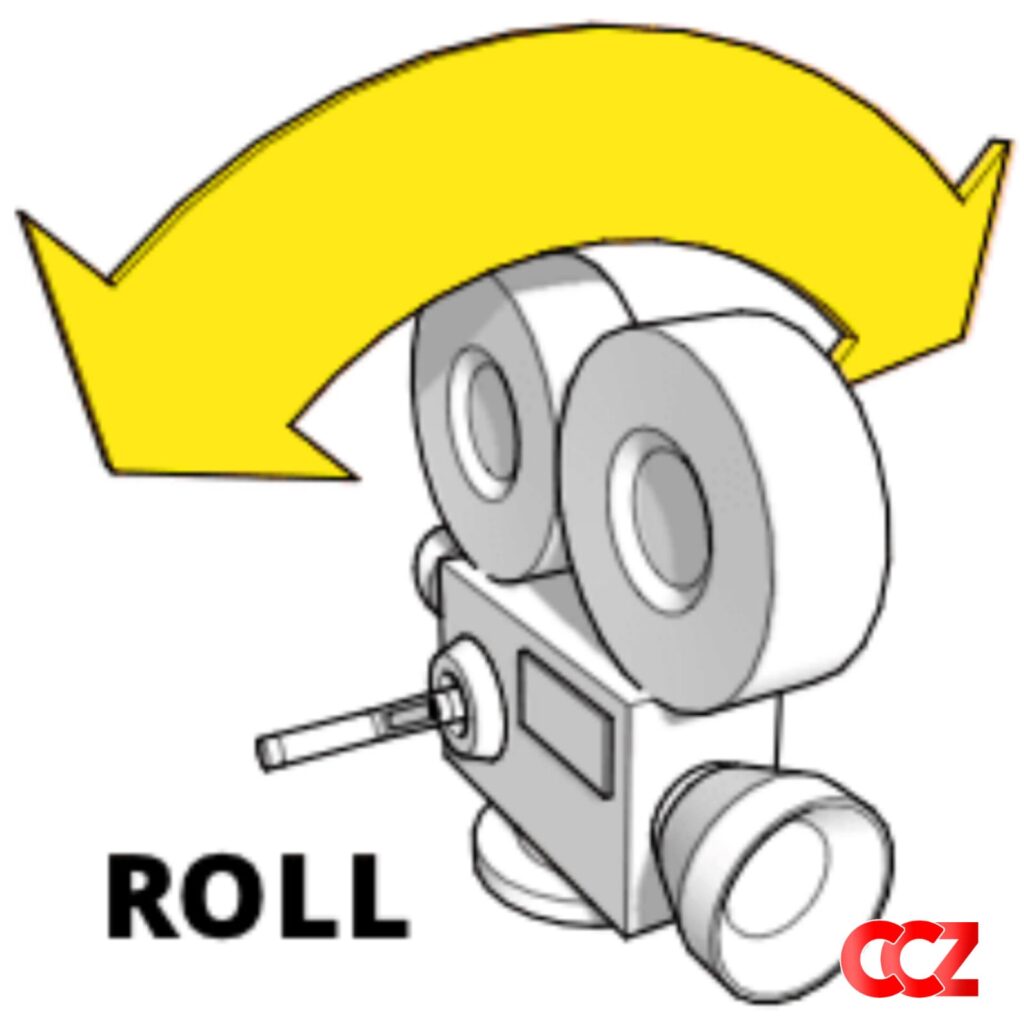
Tracking Camera Movement
With a tracking shot, the cinematographer moves the camera in conjunction with what it is recording. Also known as dolly shots, they generally follow the horizontal axis as the actors or objects move in the scene. Tracking camera movements allow them to show a stretch of scenery or road. It can make a movie look professional and well-made or unprofessional and cheap. The camera movement follows the path of moving the subject on film. The film director keeps one or more cameras immovable to rigid support and spinning. It will allow these cameras to move the object as it moves across the scene. Sports coverage is one of the most frequent applications for roll camera movement.
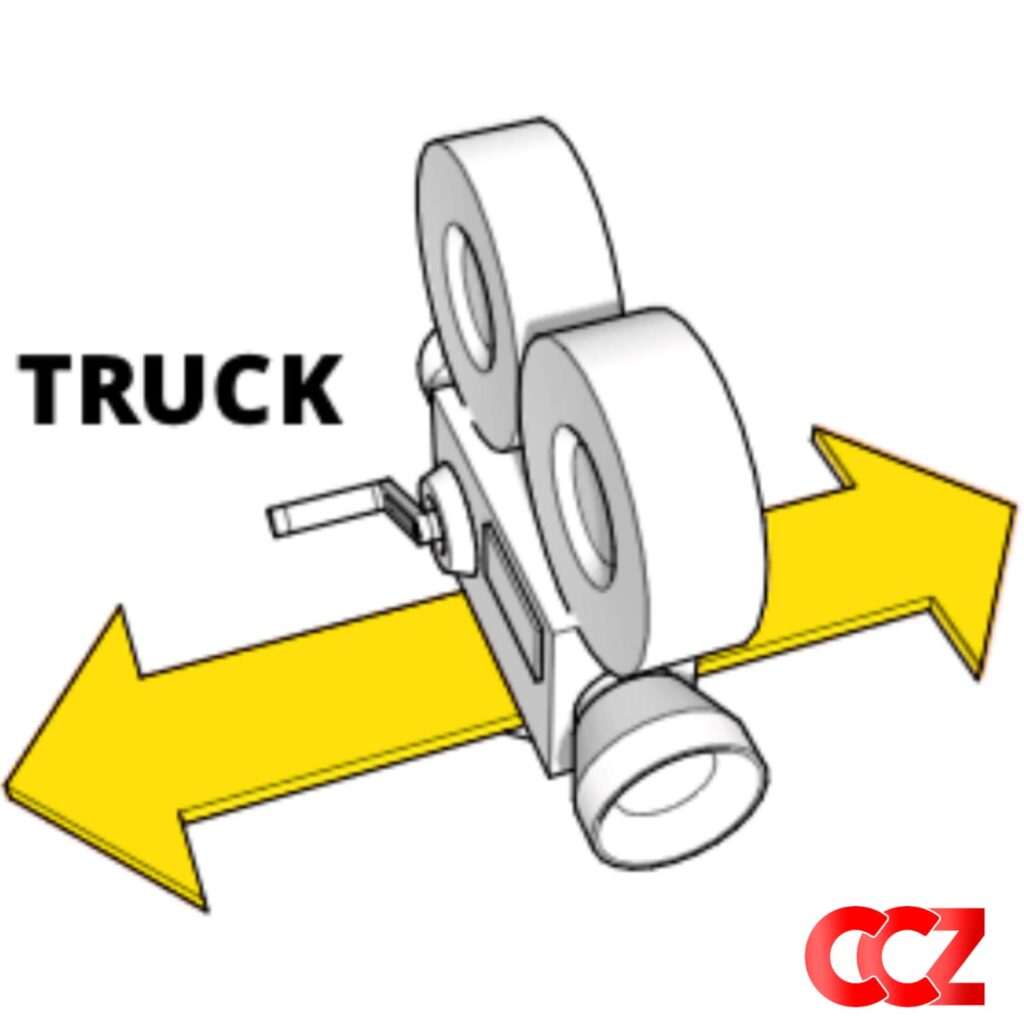
Push In Camera Movement
Push-in camera movements can attract the audience toward specific details. It moves the filming device closer to the subject, generally with a dolly camera movement. Film directors also use push-in toward actors trying to assume what occurs internally, such as an internal conflict, thought process, or reaction. Subtle push-ins can have an enormous impact on how the audiences see characters. These camera movements could be missing dots, connecting the viewers to an actor and their thinking.
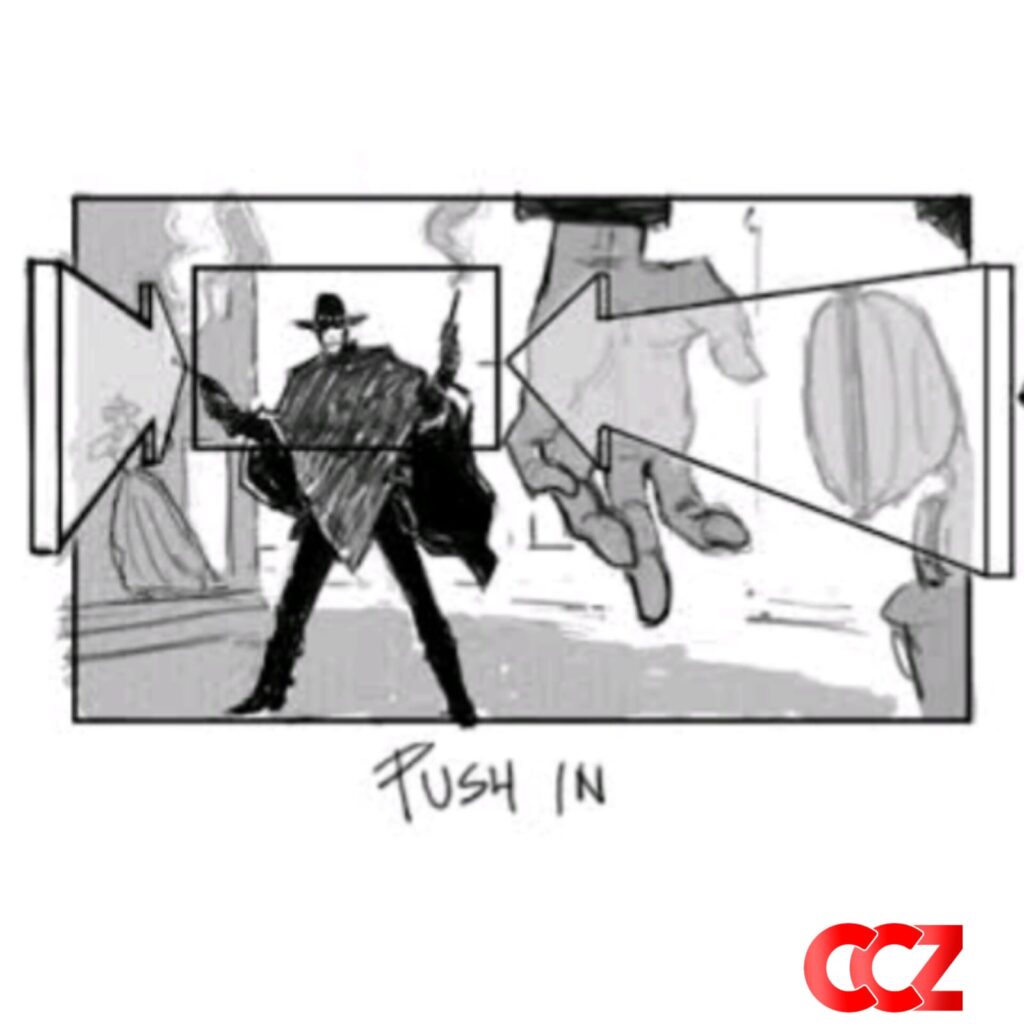
Pull Out Camera Movement
Unlike push-ins, the smooth pull-out camera movement moves the camera away from a subject. It causes the actor or object to go smaller while revealing their surrounding at the same time. Filmmakers can use pull-outs to unveil characters and settings and emotionally highlight a character’s loneliness.
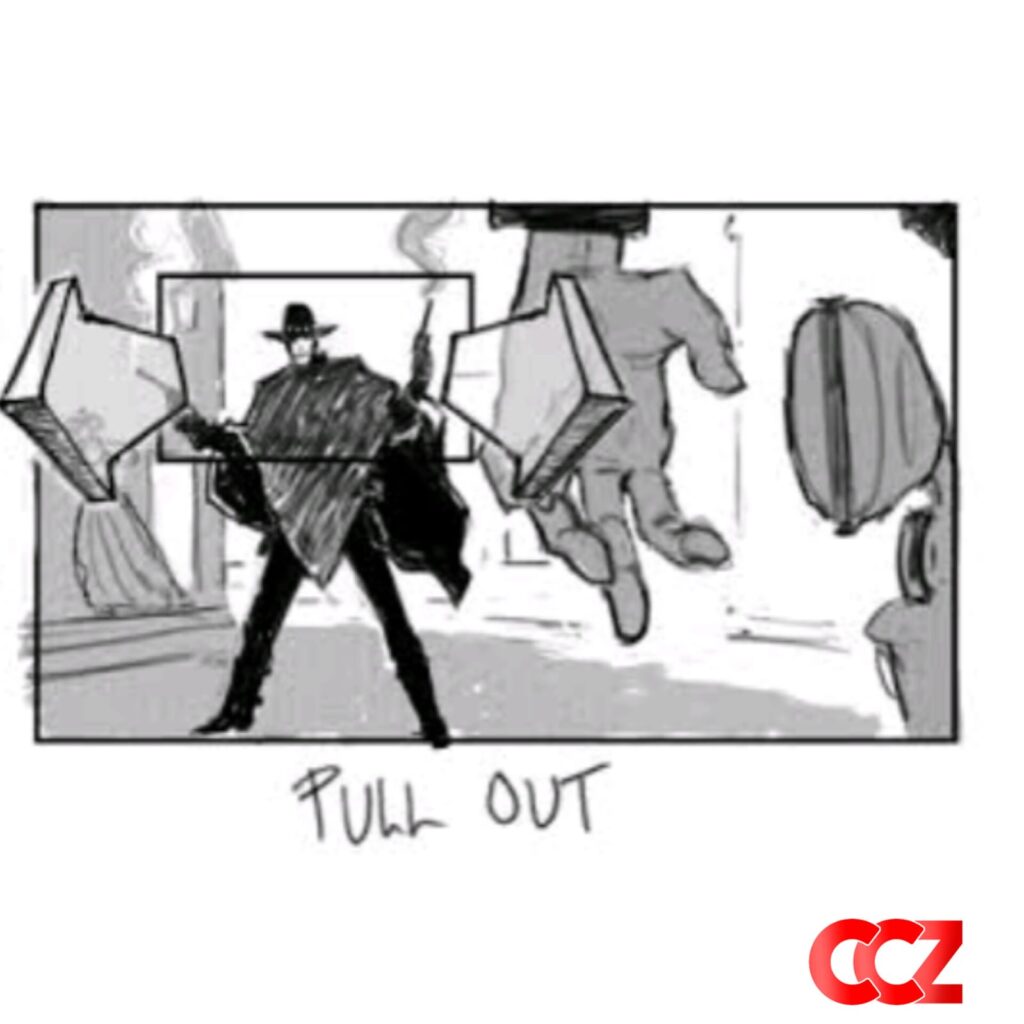
Zoom Camera Movement
Zooming is among the most frequently used camera movements. It lets filmmakers quickly move close to the object or character without moving physically. This type of camera movement uses numerous focal lengths to edit the composition of a picture. Zoom camera movements are edits that change the focal length of film shots, intending to change the viewer’s perspectives. It makes a way to the illusion of depth and distance besides creating an appealing visual experience for the audience. Zooming in on something makes it look more significant than other people or objects around it.
